Stainless steel is an alloy that’s integral to our daily life, with Application of stainless steel spanning numerous industries. In this article, we delve into the advantages, properties, and various applications of stainless steel, while also shedding light on its disadvantages, composition, and grades.
Myriad provides a variety of solutions for the petrochemical and natural gas industries to ensure effective production and processing in the petrochemical and natural gas industries.
The oil and gas industry has extremely high requirements on the corrosion performance and comprehensive performance of steel. Yaoyi’s stainless steel solutions address many of the needs of the oil and gas industry. The chemical corrosion caused by the chemical reaction is chemical corrosion, and no current is generated during the corrosion process; the electrochemical multiphase reaction of the galvanic cell due to the different electrode potentials is electrochemical corrosion, and current is generated during the corrosion process.
Therefore, in the process of petroleum exploration, transportation and storage, there is a demand for the compressive strength and corrosion resistance of stainless steel materials. yaoyi specially produces stainless steel products that meet their needs for these industries, with excellent corrosion resistance and tensile strength. The strength makes yaoyi’s products widely used in the oil and gas industry, especially in the production of subsea oil and gas pipelines.
A kind of steel independently developed by yaoyi, specially used to produce SS submarine oil pipelines
304 stainless steel is widely used in the oil and gas industry due to its excellent anti-corrosion properties
More and more stainless steel welded pipes are used in the petrochemical and natural gas refining fields.
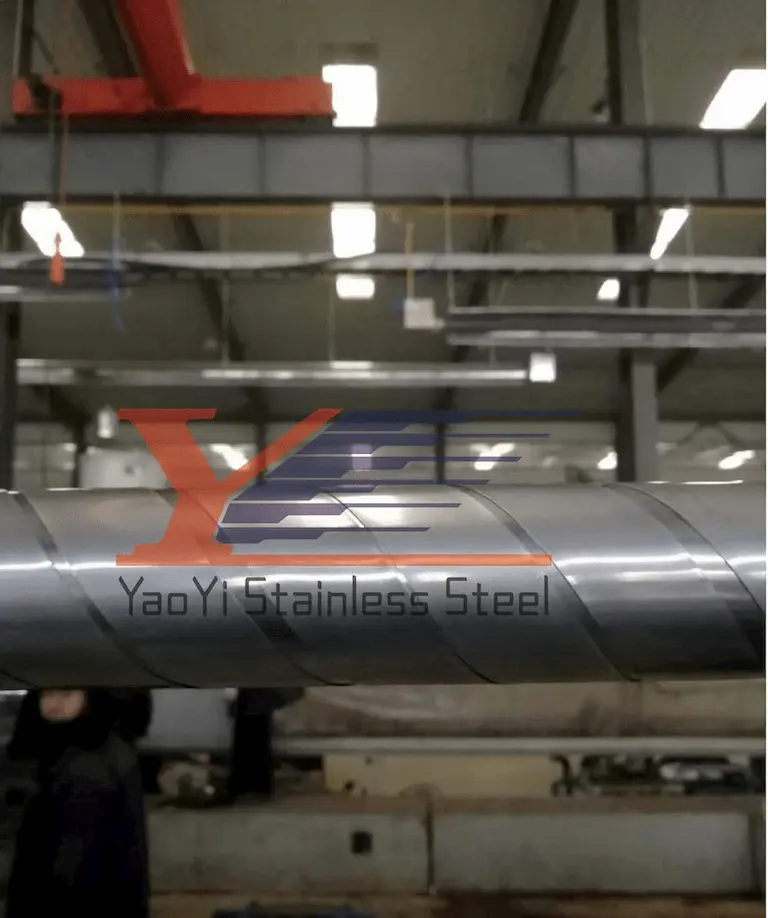
Besides the 0.05mm stainless steel foil, you may need to purchase other 304 stainless steel products from China, please contact us if you have any questions.
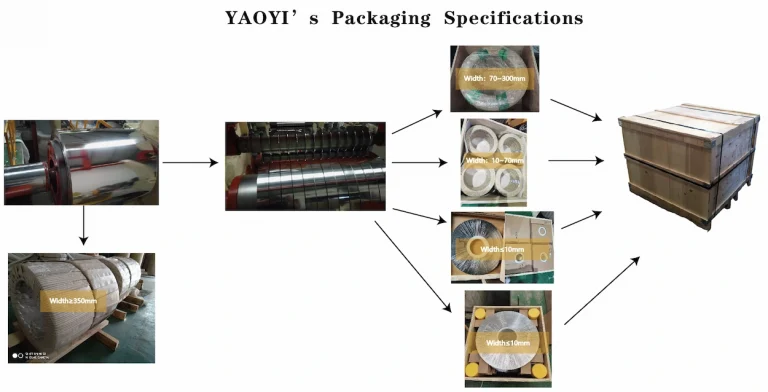
The use of stainless steel in petrochemical and other process industries can be roughly divided into four aspects: corrosion resistance (including cleanliness); heat resistance; high strength; low temperature.
Corrosion resistance includes cleanliness and beauty, which is the most important requirement for users to adopt stainless steel
The issue of cleanliness is relatively simple. With the development of the pharmaceutical, food, beverage, fine chemical, chemical fiber, and microelectronic industries, the requirements for cleanliness and hygiene of materials (mediums) are getting higher and higher.
In fact, many factories have gradually replaced 316L with 304 as the main material for clean equipment, and the requirements for product surface finish are getting higher and higher. Therefore, new requirements have been put forward for the plate, tube, and stainless steel equipment processing industry. With the ever-increasing requirements for environmental protection, more and more stringent use requirements have emerged in the process of flue gas desulfurization, sewage treatment, and garbage incineration in power plants.
This is not only for the rusty steel industry but also for the nickel-based, Application of nickel-chromium-molybdenum-iron alloys.
The application of stainless steel has increased the upper limit of temperature in the petrochemical industry from 600 to 1,000 for pearlitic chromium-molybdenum steel.
Traditional 304H, 316H, 317H, 309, 310 austenitic stainless steel have been widely used abroad. The furnace uses stainless steel, such as HK40, HP40. The influence of heat treatment, grain size, and chemical composition on the 300 series stainless heat resistance, structural stability, and long-term high-temperature strength need to be further strengthened.
The strength of traditional 300 series stainless steel is not high, especially since the yield strength is low. Therefore, stainless steel has long been included in the ranks of low-strength steels. To reduce costs, increasing the strength of stainless steel will bring corresponding economic benefits. In industry, there are several ways to improve the strength grade of stainless steel: developed countries in Europe and America, currently generally adopt a double-grade method for 304 and 316 stainless steel, namely: according to the composition of ultra-low carbon steel, and the mechanical strength meets the corresponding requirements of low-carbon stainless steel 304/304L, 316/316L type stainless steel.
This actually increases the strength by about 20%. The cold work hardening 300 series stainless steel has good plasticity. After a certain degree of cold deformation, the strength is greatly improved due to strain hardening. For example, 304 or 316 types of stainless steel, after 15 to 30% cold deformation, the strength can be increased by 40 to 60%. The tensile strength of ASTMA193 B8 Class2 type 304 strain-hardening bolts can reach over 800MPa. The Swedish Pressure Vessel Code allows the application of excess water pressure to austenitic stainless steel equipment. After the deformation of the equipment is controlled to a certain extent, the pressure-bearing capacity is improved. Duplex stainless steel and precipitation hardening stainless steel are also effective measures to improve the strength grade of austenitic stainless steel.
The stainless steel standards are all based on the traditional 304, 304L, 316, 316L grades, with the addition of 304N, 304LN, 316N, 316LN, which increase the N content, and contain N content. The operating conditions of the reformer are harsh. Judging from the current quality of the furnace tube, the manufacturing technology has gradually matured, but the stability is not enough. The life of the reformer tube mainly depends on the operating conditions, such as: strengthening fine.
ASTM A240 Material: Applications and Classifications
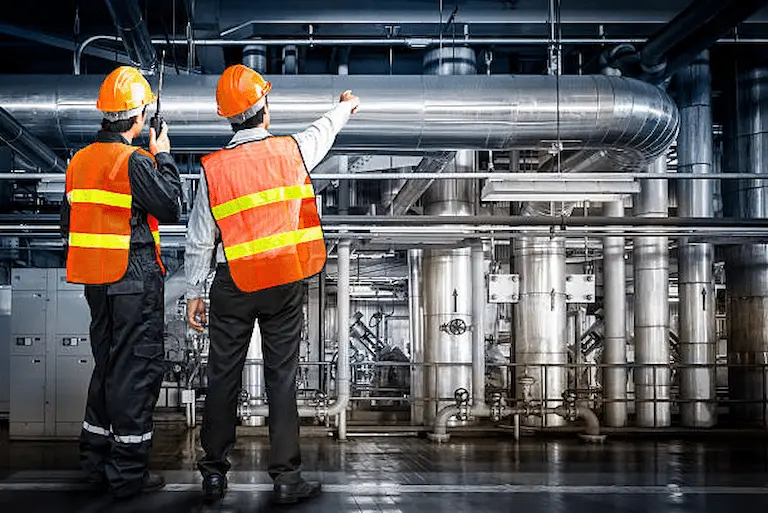
Based on 18-8 type stainless steel, it was developed to overcome the shortcomings of poor martensite corrosion resistance and excessive ferrite brittleness. Austenite has better corrosion resistance, plasticity, welding performance, low-temperature performance, and is non-magnetic, making it the most widely used stainless steel at present.
For example, 00Cr18Ni10 is used in chemical and roommate industries in environmental containers that require high corrosion resistance and special resistance to intergranular corrosion, and 0Cr18Ni9Ti is used in acid-resistant containers and equipment linings, pipeline equipment, and parts.
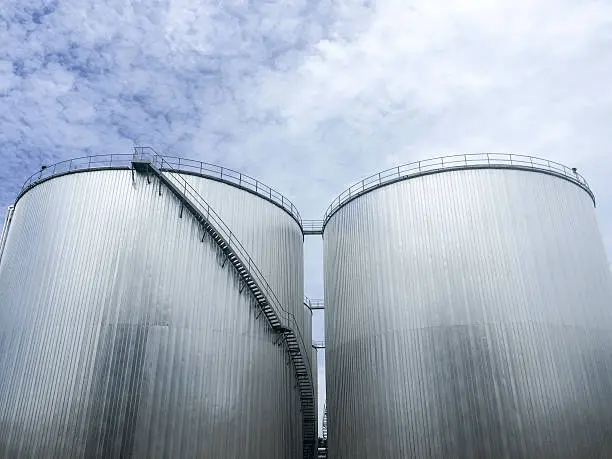
Ferritic stainless steel, developed based on Cr13 stainless steel, has relatively low carbon content and chromium content and low cost compared to other stainless steels. By changing the elements such as Si, Cr, Al in stainless steel
The content of ferritic stainless steel in different application environments can be obtained. For example, 0Cr13 is used in the manufacture of linings and components for equipment in the corrosive environment of water vapor, carbonic acid, and sulfur-containing petroleum, and 0Cr13Si4Nb RE is used in valves, pumps, and parts for the production of concentrated nitric acid.
Precipitation hardening stainless steel, on the basis of two steel grades Cr18Ni9 and Cr13, has been developed to obtain higher strength stainless steel. After solution quenching or treatment, it sacrifices the corrosion resistance and processing performance of other steel grades to obtain phase change and performs aging precipitation to obtain high strength performance. Most of these steels are used in specific process links in the petrochemical industry, and the scope of application is not extensive.
Oil well pipes and natural gas well pipes are often corroded by CO2 and produce stress corrosion cracks when working under conditions of high temperature, high CO2 partial pressure, and high Cl- and H2S concentrations. The same is true for pipelines that transport oil and natural gas, so they are also required to have the same corrosion resistance as oil well pipe materials.
Besides, oil and natural gas often encounter various undulating and harsh terrains during the transportation process, which has extremely high requirements for the extension performance and corrosion resistance of the transmission pipeline. The injection of anticorrosives into ordinary alloy pipes will increase the cost, and the effect will not be stable at high temperatures. Once it leaks, it will pollute the environment. Duplex stainless steel has good corrosion resistance. Compared with other materials, the use of suitable grade duplex stainless steel can ensure the long service life of the equipment and convenient maintenance. Although the cost of disposable materials is high, it is more cost-effective in the long run.
Austenitic and ferritic duplex stainless steels have the characteristics of austenitic steel and ferritic steel to a certain extent.
At the same time, it reduces the brittleness of high chromium ferritic stainless steel, prevents the tendency of grain growth, and improves the toughness and weldability; the presence of ferrite phase improves the room temperature strength of austenitic stainless steel, especially the yield strength And thermal conductivity, reduce the linear expansion coefficient and welding heat tendency, and greatly improve the steel’s resistance to intergranular corrosion, chloride stress corrosion and corrosion fatigue. Increasing the content of chromium and molybdenum can also improve the resistance to pitting corrosion, but when the content of ferrite is high, the brittleness tendency of high-chromium ferritic stainless steel will be retained. For example, for 2205 duplex stainless steel, when the ferrite content is less than 25%, the strength and SCC resistance of the steel plate will be reduced a lot; when the ferrite content is greater than 60% to 70%, the toughness and pitting corrosion resistance of the steel plate will decrease. The possibility of hydrogen-induced cracking increases. Therefore, the ratio of austenite and ferrite should be strictly controlled in duplex stainless steel.
The corrosion damage of stainless steel is mostly local, the most common are intergranular corrosion, pitting corrosion, and stress corrosion.
Intergranular corrosion is the Cr-poor zone caused by the precipitation of compounds along the grain boundary, and it often occurs in the heat-affected zone after welding. The addition of the N element helps to generate austenite at the weld joint and maintains stability in the heat-affected zone after welding. According to the pitting resistance equivalent PRE=Cr%+3.3Mo%+16N%, the pitting and crevice corrosion ability are determined by the content of Cr, Mo, and N. For the stainless steel produced by yaoyi, the N content can not only improve the material’s resistance to local corrosion but also be beneficial to the metallographic structure after welding. Experience has proved that the CPT (critical temperature of pitting corrosion) and CCT (critical temperature of crevice corrosion) of stainless steel produced by yaoyi are higher than ordinary austenitic stainless steel, and it has excellent resistance to pitting and crevice corrosion. The stress corrosion cracking of austenitic stainless steel is related to chloride ion concentration, residual stress, ambient temperature, sensitization caused by welding heat treatment, the concentration of dissolved oxygen in a neutral environment, pH value of the material use environment, surface attachments, and alloy elements, etc.
Uses of ASTM A240 Stainless Steel
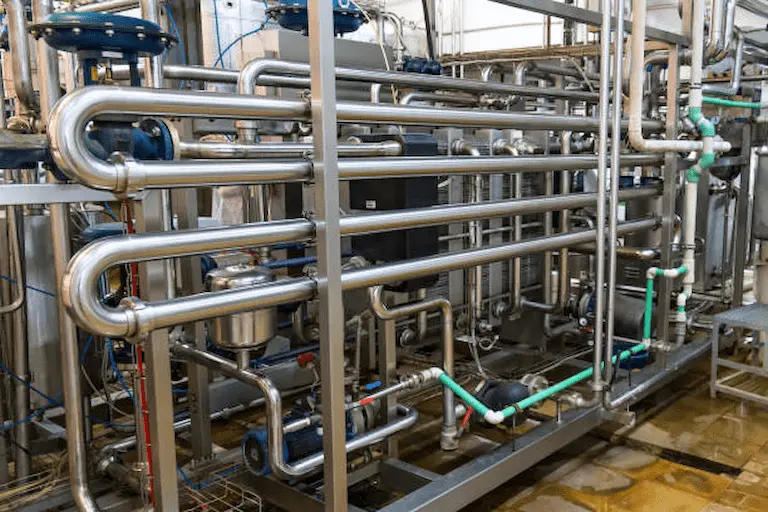
In recent years, the use of stainless steel in the refining and chemical industry has increased, but as the petroleum processing industry is modernizing, large-scale and efficient
With the development of steel, corrosion problems have become more and more prominent, and more and more high-strength stainless seamless steel pipes and stainless steel welded pipes such as low-C, ultra-low-C, and high-purity ferrite are needed.
In petroleum processing, atmospheric and vacuum pressure, distillation, catalytic cracking, delayed coking, desulfurization, and hydrofining, etc. cause pipelines to be corroded to varying degrees. It is understood that if a large-scale refinery processing equipment uses 7590 t of steel, the corroded part will use 617 t of steel. In addition to the stainless steel plate used for the inner layer of the shell, the heating furnace tube, heat exchanger tube, condenser tube, circulation, and transportation pipelines also use stainless steel corrosion-resistant steel pipes. In large, medium, and small petroleum refineries, it is estimated that about 2,000 tons of stainless steel corrosion-resistant seamless steel pipes are used for maintenance every year, mainly 304, 304L, 316, 316L, high Ni, or high purity ferritic stainless seamless steel pipes. There is a small amount of Incoloy800, of which the outer diameter of 19~630 mm accounts for 63%.
In addition to steel pipes, petroleum refining equipment manufacturing and maintenance also use 321-316L and other grades of medium and thick plates, and cold-rolled stainless steel sheets for petrochemical vessels (usually 0.3 to 0.6 mm, 1 219 to 1520 mm, SUS316, etc.) The surface state is NO. 2B /2D).
Coilover Springs: Characteristics, Materials, and Applications
The high-alloy austenitic stainless steel 00Cr20Ni18Mo6CuN developed on the basis of ordinary austenitic stainless steel has excellent resistance to pitting, crevice corrosion, uniform corrosion, and stress corrosion. It has good performance in hot forming and cold forming and has good weldability. good. In the development, production, and application of pressure vessel stainless steel, ferritic-austenitic duplex stainless steel has made great technological progress. Among them, 00Cr18Ni5Mo3Si2 is relatively perfect and has been applied. This steel has better corrosion resistance than 18-8 stainless steel in terms of stress corrosion resistance and pitting corrosion resistance.
A Complete Guide to 316L Stainless steel
With the improvement of desulfurization technology, vacuum degassing technology, hot rolling technology, and testing technology, longitudinal resistance welded stainless steel pipe has replaced seamless steel pipe. Pipes, etc..
SUS 301 Stainless Steel: The Ultimate Guide
The corrosion resistance of stainless steel, mainly due to its chromium content, is one of its most significant advantages. This property makes it suitable for use in environments where rust or chemical corrosion could compromise the longevity or performance of the material. Some common applications of stainless steel benefiting from its corrosion resistance include:
Food processing equipment
Chemical storage and processing tanks
Marine applications and shipbuilding
Infrastructure in coastal areas
Medical instruments and implants
Stainless steel plays a significant role in clean and sustainable energy production. Its durability, corrosion resistance, and ability to withstand extreme temperatures make it ideal for use in renewable energy applications, such as:
Solar energy systems, where stainless steel is used in mounting structures and support frames
Wind turbines, where stainless steel is employed in structural components, fasteners, and gearbox components
Geothermal energy production, where stainless steel is utilized in heat exchangers and piping systems
Hydroelectric power plants, where stainless steel is used in turbine components and other structural elements
Biomass processing and biofuel production, where stainless steel is needed for storage tanks,
piping systems, and processing equipment due to its corrosion resistance and compatibility with various chemicals.
Stainless steel’s properties, such as corrosion resistance, hygienic surface, and biocompatibility, make it ideal for many healthcare applications. These include:
Surgical instruments: Stainless steel is durable, sterilizable, and corrosion-resistant, making it perfect for tools such as scalpels, forceps, and tweezers.
Implants: Stainless steel’s strength and biocompatibility are essential for orthopedic implants like hip joints and bone screws.
Medical equipment: From hospital beds to MRI machines, stainless steel’s durability, ease of cleaning, and aesthetic appeal make it the material of choice.
Stainless steel is crucial in the food and beverage industry due to its corrosion resistance, ease of cleaning, and non-reactive properties. It’s used in:
Cooking utensils and cutlery: Stainless steel doesn’t impart flavors or react with acidic foods.
Food processing equipment: The hygienic surface of stainless steel prevents bacterial growth, and its resistance to corrosion makes it suitable for various food processing environments.
Storage and transport tanks: Stainless steel’s strength and corrosion resistance are essential for maintaining the integrity of food products during storage and transport.
Stainless steel’s strength, durability, and aesthetic appeal make it a popular choice in construction. Its applications include:
Building facades and structural components: Stainless steel is resistant to weathering and can bear significant loads, making it ideal for these uses.
Decorative elements: The modern, clean look of stainless steel is perfect for decorative applications.
Plumbing fixtures: Stainless steel’s corrosion resistance and durability are crucial for long-lasting, leak-free plumbing systems.